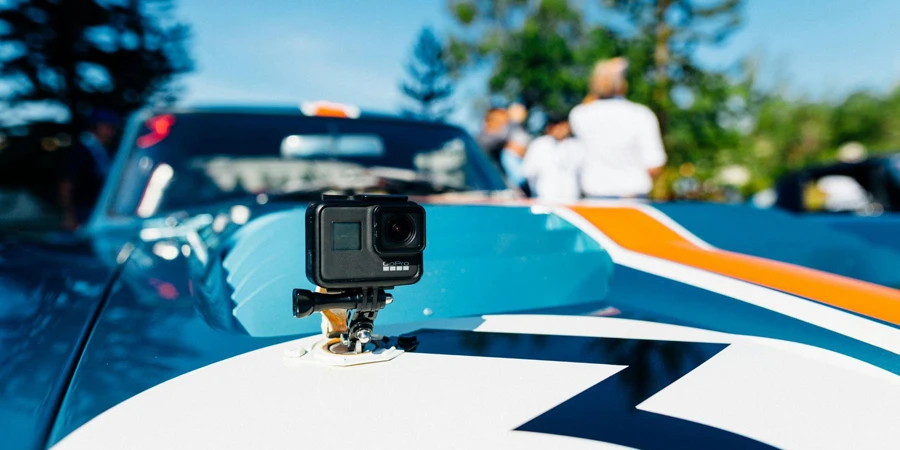In the fast development of technology, the mini cameras are the rather popular trend of the given tendencies, as they are both high-tech and small at once. It not only solves the problem of portable and invisible devices for the increasing demands of consumers but also presents a great improvement in image quality and flexibility.
For use in everyday events and high drama events, mini cameras are the ultimate tools that give users the freedom to record their lives vividly without worrying about large-sized cameras. The relative cost is also continuously decreasing, and several effective installation methods make them suitable for a wide range of clients, from enthusiasts to specialists in filming. The market is growing daily, and mini cameras are carving new paths to combine convenience with innovation.
Table of Contents
● Market overview
● Features and applications
● Things to consider when selecting products
Market overview

Expected market growth
The mini camera market is expected to expand at a large scale and has a predicted CAGR of approximately 8% from the year 2023 up to the year 2030. This growth in market size expresses the market’s growing need for small and creative imaging applications in different fields. With the constant growth of the market demands and requirements, leading players like Panasonic, Fuji, Canon, Sony, and Nikon are increasing their activities, endeavoring to get the essential portion of the market cake. Many of these dynamics are led by these major players jointly with emerging opponents, which makes them significant in determining changes in the market environment.
Trends and changes influencing the market dynamics
One trend affecting the market is the increase in the uptake of mini cameras in both consumer electronics and business applications like security and surveillance. For instance, the segment of commercial applications alone is expected to grow at 10% annually due to the increasing use of compact cameras in professional undertakings. The compactness of mini-cameras is also propelled by the development of camera technology that involves portability, connectivity, and image quality, thus making the mini-cameras fit for sophisticated and professional users.
As the market is anticipated to grow to $9 billion by the end of 2030, the mini camera is all set to revolutionize the imaging concept, formal or informal. It also highlights how these devices have embedded themselves into the various scenes involving informative or technological facets, emphasizing their capability to adapt to different consumers’ needs and desires.
Features and applications of mini cameras
Compact and user-friendly design
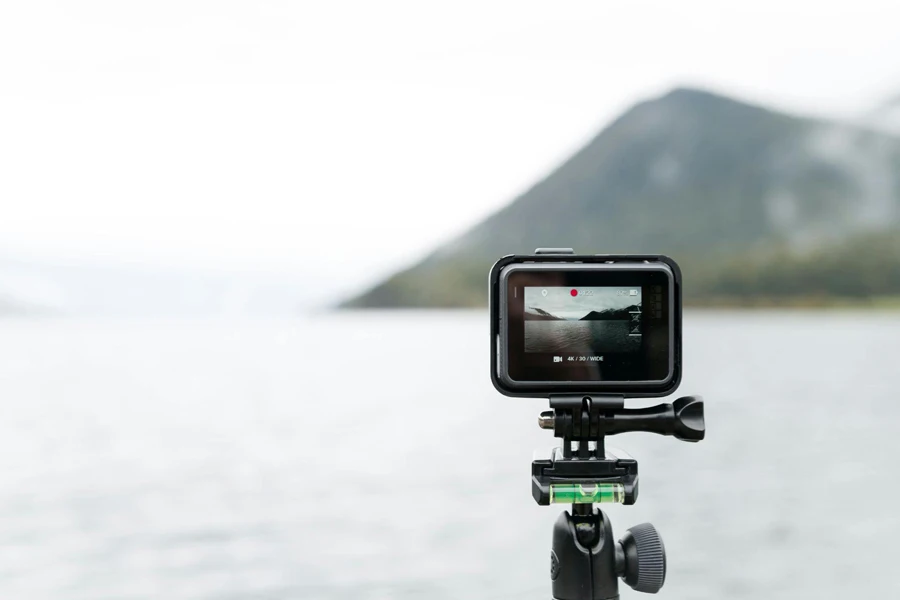
Mini cameras are the quintessence of compactness and high performance, representing a perfect balance between targeting the average user and users with more advanced training in the field. Such gadgets are usually not very heavy and may weigh less than 250 grams. Unlike other gadgets, they possess sleek, thin sizes that fit easily into the pocket. However, for the image quality, it does not fail to deliver high performance; many models come with sophisticated autofocus and optical stabilization mechanisms to produce sharp images in various shooting conditions. This is made even more convenient due to interfaces with few buttons and some operations handled by touch screens, enabling easy switches and settings even on the move.
Diverse applications in personal and professional realms
Mini cameras are proving to be unstoppable in extreme sports and, in most blogs, capturing good quality images and videos that a big camera cannot capture. For example, Insta360 GO 3 has wide-angle lenses, and 1080p is crystal clear and sufficient for recording vast nature landscapes with adequate sharpness. In the commercial sector, features such as surveillance motion detection and night vision are also used to meet people’s security needs without compromising elegance.
Case studies: innovative usage across fields
Explants of mini cameras in different activities show that they are versatile in their application and can be relied on. In ecological research, models with some environmental resistance can perform in extreme weather, taking photos and//or videos of the wildlife of up to 4k quality without human interference, which is useful in observing their natural behavior. In sports analytics, the same high-resolution capabilities and slow-motion video features will enable film analysis of athletes’ movements, which will be useful to trainers and coaches to improve performance and technique.
Technological advancements pushing boundaries

Mini cameras have, over the years, been a revolution in image and video quality, with recent models being built with 4K video features and large CMOS sensors that enhance the camera’s low light vastly. Image stabilization has transitioned from simple digital stabilization to more complex mechanical stabilization systems like gimbals, allowing smooth filming during intense activities. Also, built-in Wi-Fi and Bluetooth connections for such options as sharing and remote control through smartphones are already inherent in the communicative aspect of usage. They are also considered to help make the equipment more versatile and engaging for the audience.
Things to consider when selecting products
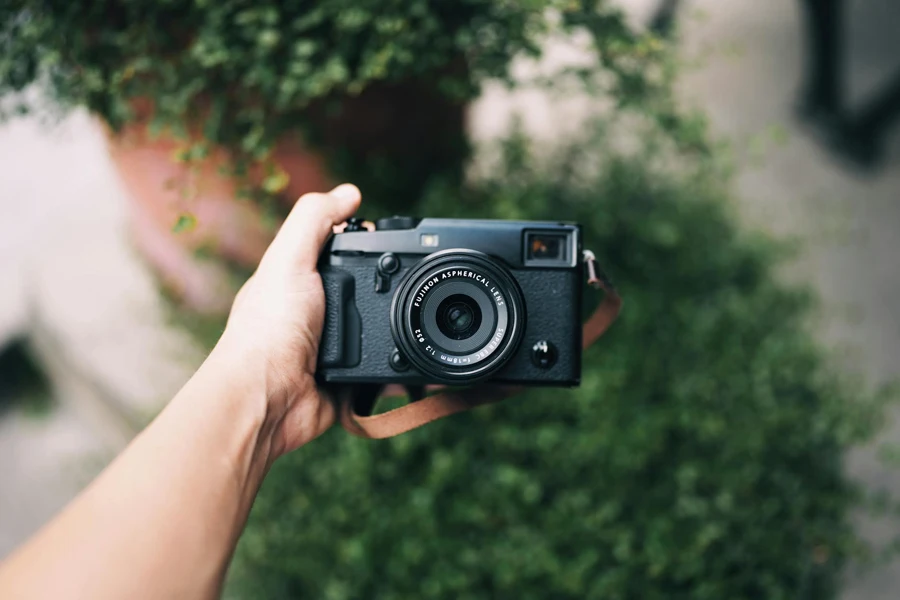
Image Quality and Resolution
When choosing a mini camera, there is nothing as critical as the quality of the pictures. Today, numerous cutting-edge models come equipped with sensors of 12 to 20 megapixels, and the most progressive ones have 4k video shooting capabilities at 30 fps. Some pointing mini cameras offer 4K at 60fps, suitable for fast action without lag. Also, consider the camera’s aperture; it should be big, f/1.8-f/2.8, and the ISO range should be as high as possible, up to 6400 or more, as it provides much better quality in the dark.
Ease of Use and User Interface
Another important aspect is usability, which is especially important for novices. Most recent mini cameras have buttons and dials that are easy to comprehend, simple menus that are easy to manage, and adjustable touch screens. There are available options for automatic shooting, which include scene recognition and Auto Exposure, which enable users to capture excellent pictures without having to configure them. Other models also come with voice control, making it easy to operate the models without necessarily touching them, especially when in action. This means that through Wi-Fi or Bluetooth, there are features for quick connection, as well as applications for smartphone operations for sharing and remote control, which makes it very convenient for the users.
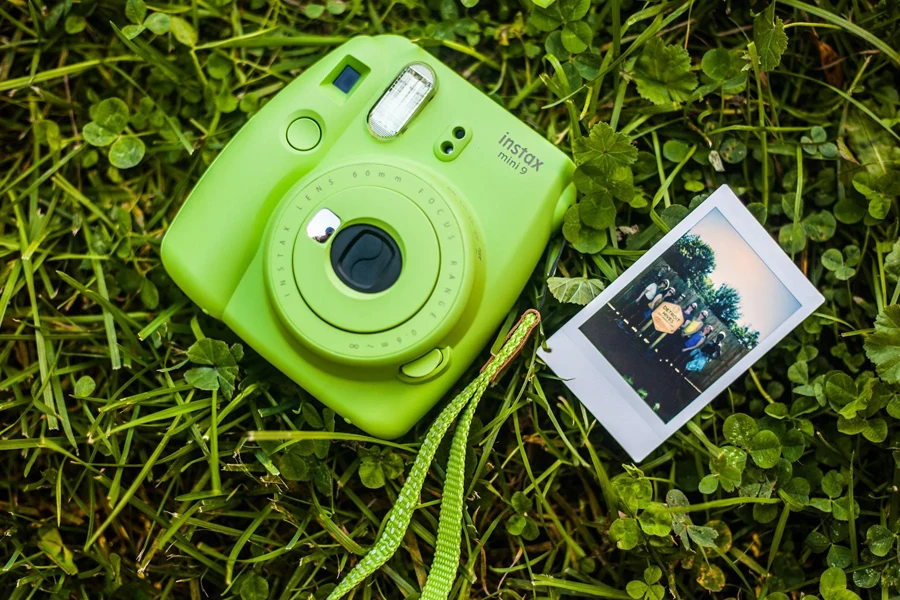
Battery Life and Storage Capacity
Battery time is essential, especially when a user must work several hours in the field. Most mini-cameras have lithium-ion batteries that give between 1 and 2 hours of video recording. Some of the models of such cameras allow for the use of rechargeable batteries or batteries that can be changed, but there are more recent designs that can be charged through USB C ports suitable if you intend long shots. Memory storage is also a consideration; it is crucial to go for cameras compatible with high-capacity micro SD cards (256GB or more for large detailed video files from videos and a high-capacity burst shot mode).
Compatibility and Connectivity
This applies to compatibility with other devices and connectivity options, as these must flow smoothly for an integrated work process. Portable cameras with many interfaces, such as HDMI output, USB-C, and wireless transfer procedures, can quickly connect to other technologies, such as drones, laptops, and monitors. This is ideal, especially if the user intends to shift and edit the footage at a raw stage. Also, some mini cameras have attributes such as exterior microphones, lighting, and tripod-like stabilizers that may help improve the quality of the scenes one may want to capture.
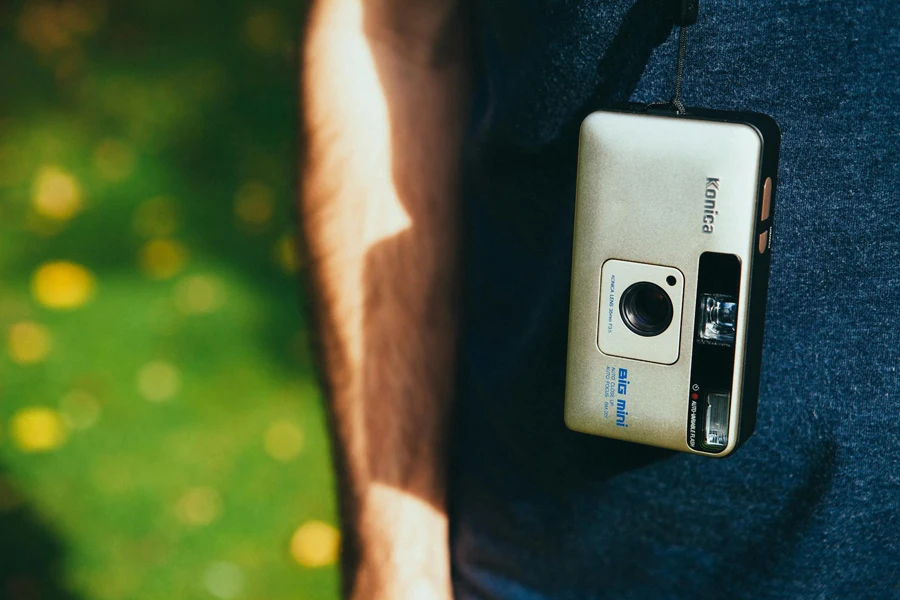
Durability and Versatility
One perspective that is of major importance to users, particularly those who participate in outdoor or extreme sports, is durability. Mini cameras that have fully enclosed waterproof casing (10m without polka-dot casing) and are shockproof can endure demanding conditions. It is advisable to consider the IP ratings on the models; looking for devices with IP67 or higher in dusty or wet places is recommended. Due to loads of options, you will find cameras with various mounts and brackets that can attach the gadget to helmets, bikes, or even pets, which is the best way to create new and fascinating perspectives and receive stable shots in various conditions.
Conclusion
As organizations always look for better and more flexible solutions in technology, mini cameras become appealing enhancements to operational and marketing frameworks. These portable gadgets are much more than Image and video capturing and recording devices with good quality images; they are highly functional tools and valuable assets in content creation, boosting security, and offering creativity in customer relations in different platforms of industries. The fact that these systems can be physically carried around and, more importantly, have versatile connectivity qualities means that companies can engage in high-technology imaging solutions without bearing the overhead costs of conventional structures. Adopting mini cameras can be quite innovative for any business that intends to respond to the prevailing market conditions by incorporating contemporary technologies into its operations.
